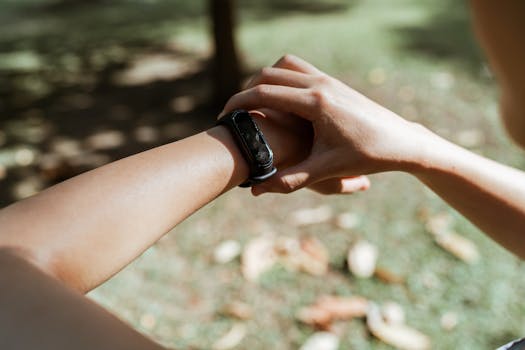
The Future of Wearable Tech: Innovations to Watch in 2025
The Future of Wearable Tech is rapidly evolving, with new innovations emerging every year. In 2025, we can expect to see significant advancements in wearable technology, from smartwatches to fitness trackers and beyond. As we move into the new year, it’s essential to stay up-to-date on the latest trends and innovations in wearable tech.
Introduction to Wearable Tech

Wearable technology has come a long way since its inception. From humble beginnings with basic fitness trackers to the sophisticated smartwatches of today, wearable tech has revolutionized the way we live, work, and interact with our surroundings. With the rise of the Internet of Things (IoT) and artificial intelligence (AI), wearable tech is poised to become even more integrated into our daily lives.
Advancements in Wearable Tech

In 2025, we can expect to see significant advancements in wearable technology. Some of the key innovations to watch include:
- Improved Battery Life: One of the major drawbacks of wearable tech is its limited battery life. However, with advancements in technology, we can expect to see wearable devices with longer battery life, making them more practical for everyday use.
- Enhanced Sensors: Wearable devices will come equipped with enhanced sensors that can track a wide range of health and fitness metrics, including heart rate, blood pressure, and oxygen levels.
- Advanced Materials: Wearable devices will be made with advanced materials that are more durable, lightweight, and comfortable to wear.
- Artificial Intelligence Integration: Wearable devices will become more integrated with AI, enabling them to provide personalized recommendations and insights based on user data.
Applications of Wearable Tech

Wearable tech has a wide range of applications, from healthcare and fitness to entertainment and education. Some of the key applications of wearable tech include:
- Health and Fitness: Wearable devices can track a wide range of health and fitness metrics, including heart rate, blood pressure, and oxygen levels.
- Entertainment: Wearable devices can be used to control music playlists, receive notifications, and even make phone calls.
- Education: Wearable devices can be used to enhance the learning experience, providing students with interactive and immersive learning experiences.
Conclusion

In conclusion, the future of wearable tech is exciting and rapidly evolving. With advancements in technology, we can expect to see significant innovations in wearable devices, from improved battery life to enhanced sensors and advanced materials. As wearable tech becomes more integrated into our daily lives, it’s essential to stay up-to-date on the latest trends and innovations in this field.






